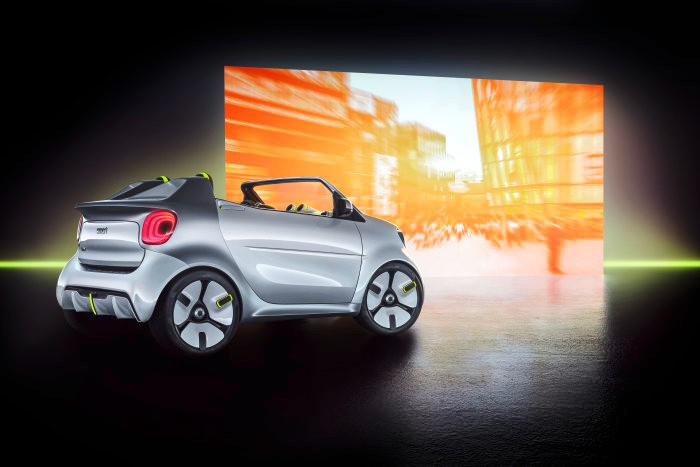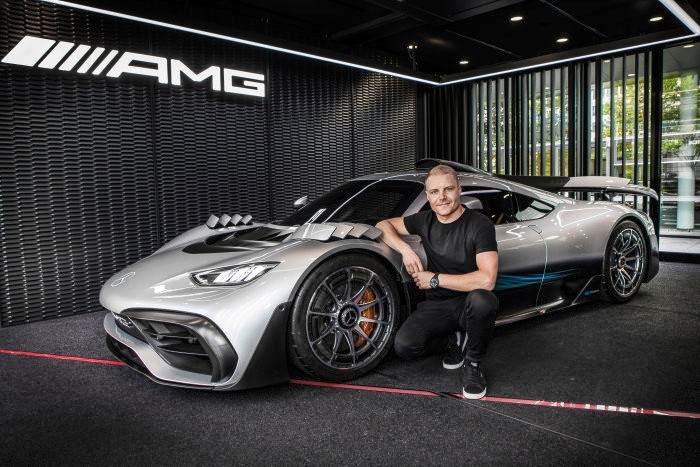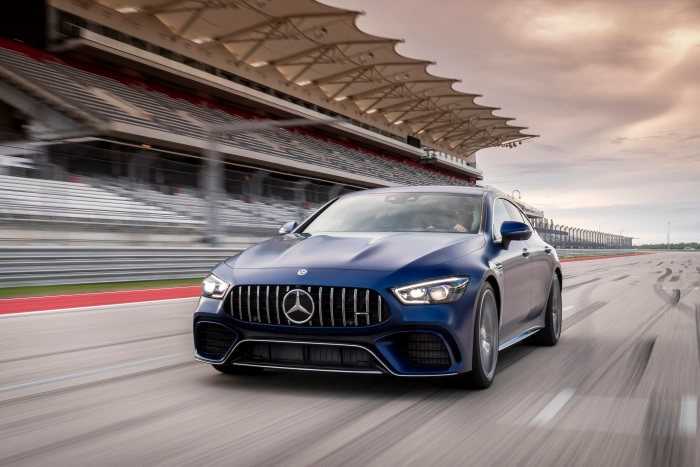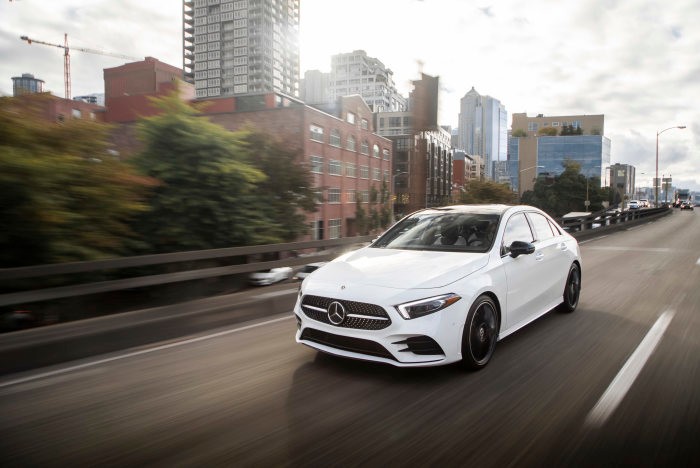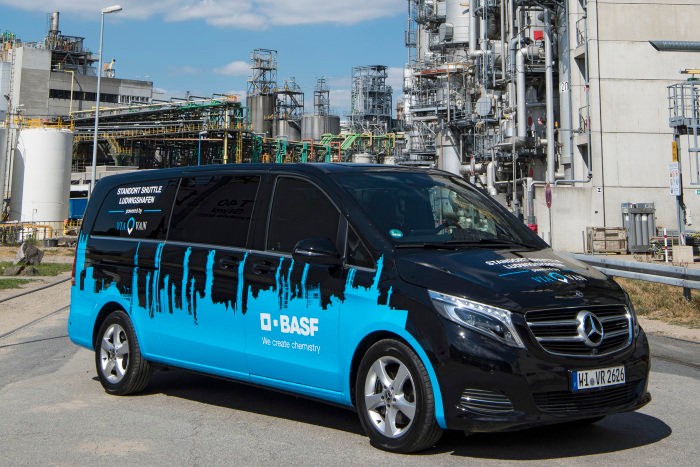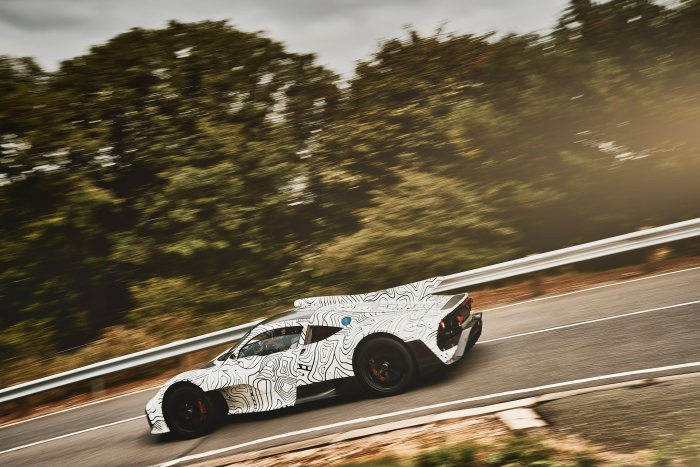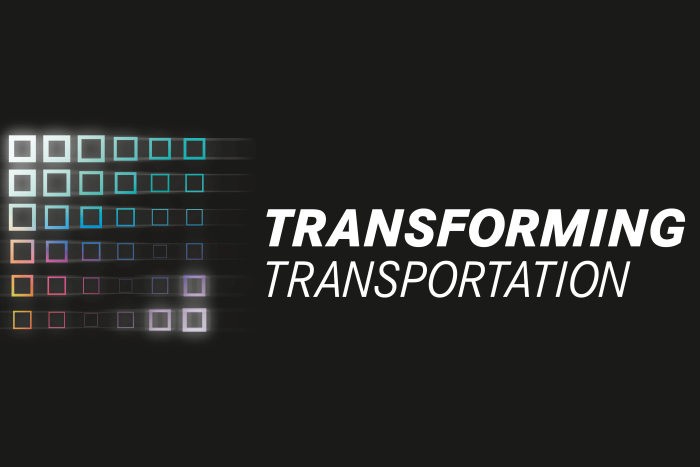01.
October 2018
Paris
Fuel consumption combined: 9.4–7.4 l/100 km; combined CO2 emissions: 214–169 g/kmOn the eve of the 2018 Mondial de l’Auto Paris, Mercedes-Benz showcased the latest member of its premium SUV family, the new GLE. More than 400 invited guests witnessed the world premiere of the SUV trendsetter at the brand’s “Meet Mercedes” event. As in previous years, the Hotel Molitor, with its Art Deco design and street-art elements, provided the perfect setting for the popular event format. Besides a best-in-class cd figure of 0.29, the GLE also offers a compelling new operating concept, innovative driver assistance systems, a new engine line-up and considerably more space.
“21 years ago, we founded the premium SUV segment with the M-Class. Since then, the importance of these models has continuously increased – not only for us, but also for the whole industry,” says Britta Seeger, Member of the Board of Management of Daimler AG, responsible for Mercedes-Benz Cars Marketing & Sales. “That’s strong motivation for us to make the GLE even better. Families will enjoy the additional space; business people will be happy about the improved connectivity and fans of the outdoors will love its new driving capabilities.”
The new Mercedes-Benz GLE is packed with innovations. One world first is the 48-volt E-ACTIVE BODY CONTROL active suspension, while the driver assistance systems go one step further with Active Tailback Assist. The interior is even bigger and more comfortable, with an optional third row of seats. The infotainment system comes with bigger screens, a full-colour head-up display with a resolution of 720 x 240 pixels and MBUX interior assist, which can recognise hand and arm movements for convenient operation. The exterior design exudes not only presence and strength but also sets a new aerodynamics best-in-class in the SUV segment.
At Meet Mercedes at the Molitor, the former iconic swimming pool converted into a luxury hotel in 2014, invited journalists enjoyed an exclusive insight into several new products and technologies from the brand with the three-pointed star. Also unveiled alongside the new GLE were the Mercedes-AMG A 35 4MATIC (fuel consumption combined 7.4-7.3 l/100 km; CO2 emissions combined 169-167 g/km) and the smart forease show car, which will celebrate their world premieres tomorrow at the Mercedes-Benz press conference at the 2018 Mondial de l’Auto Paris. Another world premiere scheduled for tomorrow is that of the new Mercedes-Benz B-Class. Celebrating its show premiere is the EQC, the first battery-electric vehicle from the EQ product and technology brand.
A live stream of tomorrow’s press conference and the Media Special on the 2018 Mondial de l’Auto Paris are available at https://media.mercedes-benz.com/paris2018.
Press Contact
Katja Bott
Head of Corporate Communications and Public Relations
Daimler Trucks North America LLC
katja.bott@daimler.com
Tel: +1 503 7454373
Fax: –
Koert Groeneveld
Head of International Product & Technology Communications
koert.groeneveld@daimler.com
Tel: +49 711 17-92311
Fax: +49 711 17-94365
Press Contact Overview
Media
Download
Pictures (56)
Videos (2)
Documents (1)
Media Contact (2)
Filter
Show thumbnails
Show list
Slideshow
Zoom
Preview
Details
Do you really want to delete the data record?
Please wait a moment …
Please wait a moment …
Please wait a moment …
Please wait a moment …
18C0834_046
18C0834_045
18C0834_047
18C0834_050
18C0834_051
18C0834_052
18C0834_053
18C0834_060
18C0834_061
18C0834_062
18C0834_063
18C0834_064
18C0834_065
18C0834_066
18C0834_067
18C0834_070
18C0834_071
18C0834_072
18C0834_073
18C0834_074
18C0834_075
18C0834_076
18C0834_077
18C0834_078
18C0834_001
18C0834_002
18C0834_003
18C0834_004
18C0834_005
18C0834_006
18C0834_007
18C0834_008
18C0834_009
18C0834_010
18C0834_011
18C0834_012
18C0834_013
18C0834_014
18C0834_015
18C0834_016
Loading

